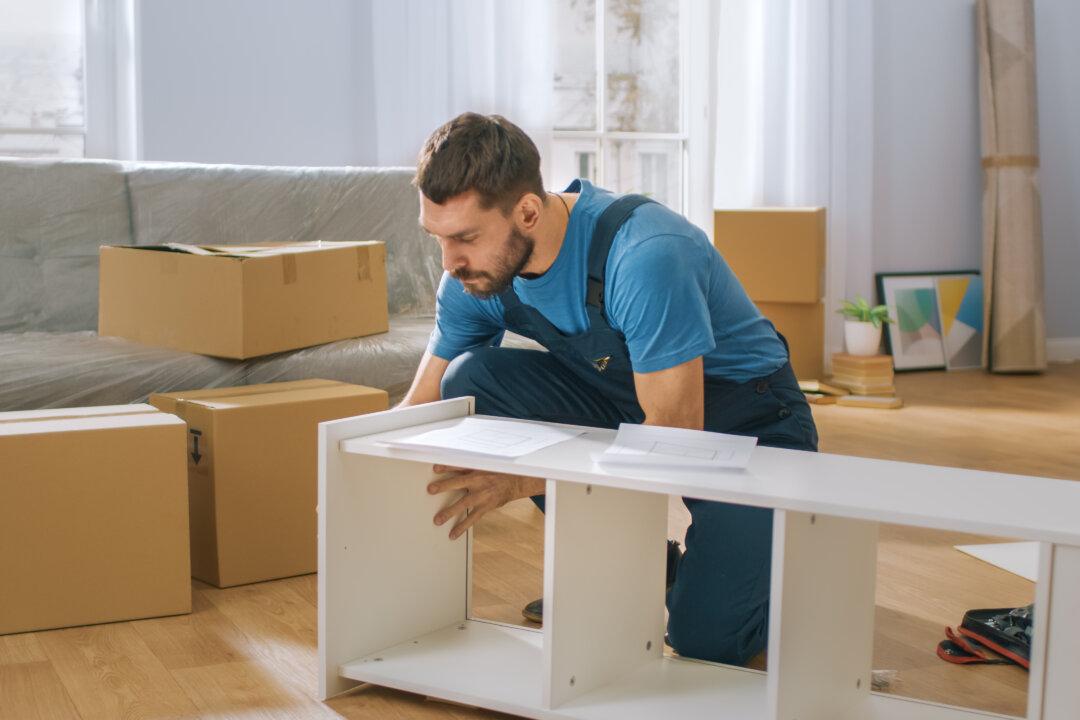In addition to just providing a birdhouse as a breeding home for local birds, consider what else birds will need to survive and raise their families. An adequate supply of drinking water and a birdbath in the immediate vicinity of the birdhouse are ideal. Grow types of plants that produce seeds for the species of bird you are trying to help.
Some general tips for building any type of birdhouse include locating an open area so predators cannot hide under foliage near it. Don’t place it over a concrete or rock pathway where the fledglings may be injured if they fall out of the nest.
Also, do some research into the natural nests that the birds of your choice build. Some birds prefer a perch at the entrance of the birdhouse and others do not. The size of the entrance hole often has an impact upon the types of birds that will use the birdhouse. A smaller hole may protect smaller birds from having a larger bird move in and kick them out or lay their eggs in the nest.
Some typical guidelines for the size of the entrance hole are as follows. For bluebirds, saw a 1 and 1/2-inch hole; for wrens, saw a 7/8-inch hole; for chickadees, saw a 1-1/4-inch hole; and for sparrows, saw a 1-inch hole. A 5-by-5-inch floor area is adequate for a single nest.
The basic structure of the birdhouse should be made with 1/2-inch plywood. Use exterior grade plywood because, even though it will be painted, it will be exposed to the weather continuously. Use either galvanized or more expensive stainless steel screws. Standard screws will create unattractive rust stains down the sides of the birdhouse.
You can use nails for the sides and top, but you should definitely use screws to attach the bottom of the birdhouse. If the birds migrate south during winter, you will want to be able to remove the bottom piece and clean it out. If you find the bottom is rotting from moisture and wastes, consider making a new bottom from redwood.
A pitched roof is best for a birdhouse and it should extend at least an inch or two over the hole in the front. This will minimize the amount of rainwater that gets into the hole in a driving rain. Cover the roof with sheet metal. Sheet tin looks good when it weathers, but you may find aluminum flashing sheet easier to work with. Aluminum will not corrode.
There are many methods to mount the birdhouse outdoors. Putting it on a post is the most stable method, but this may allow predators to harass the birds. Hanging the birdhouse usually solves this problem, but make sure it’s secure.
Don’t just put some screw eyes into the roof and hang it. These often back out or just pull out of the wood. Put an eyebolt through the roof with a washer and locknut under the roof. Use galvanized or copper wire to hang this from a tree branch.






